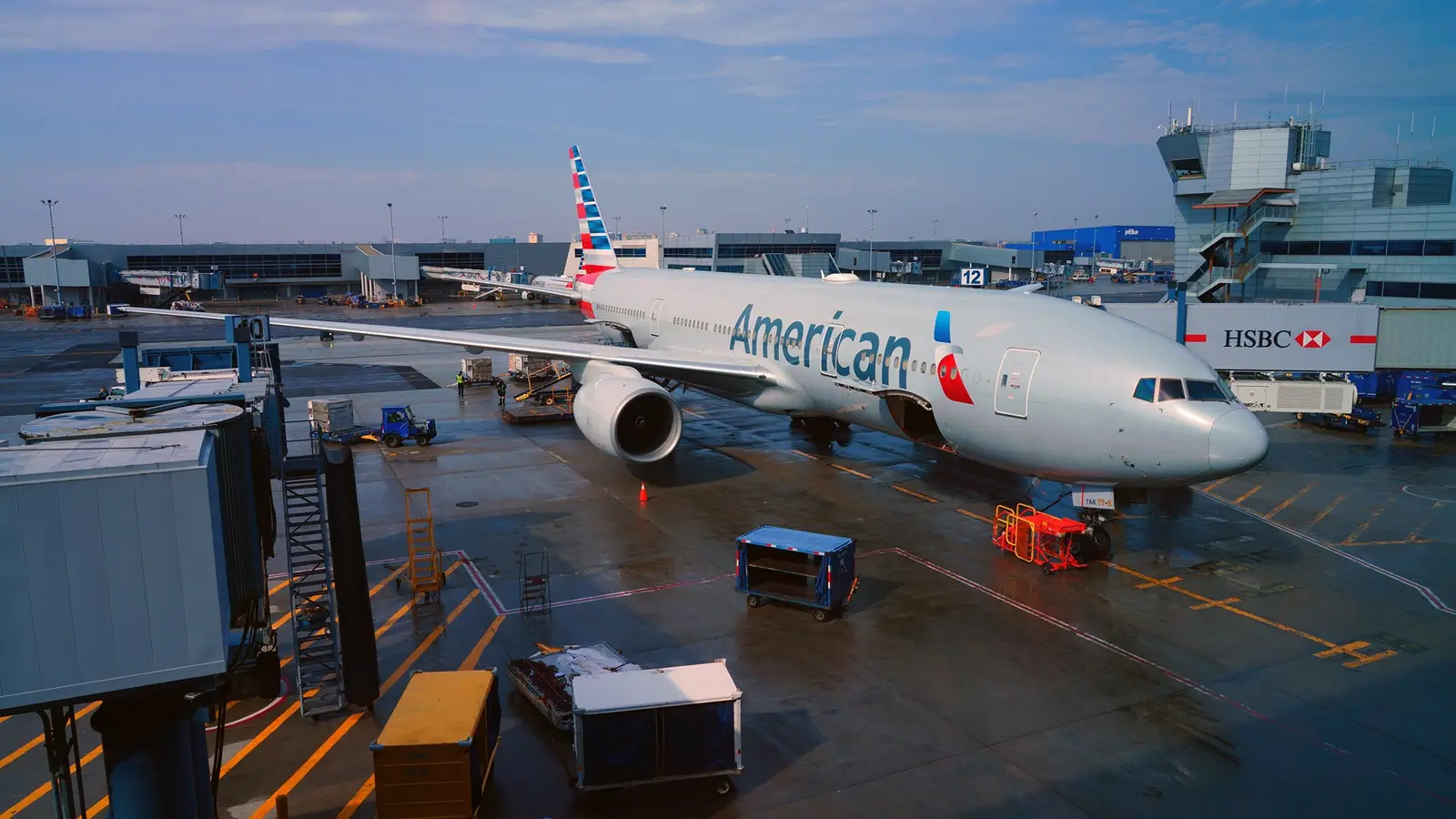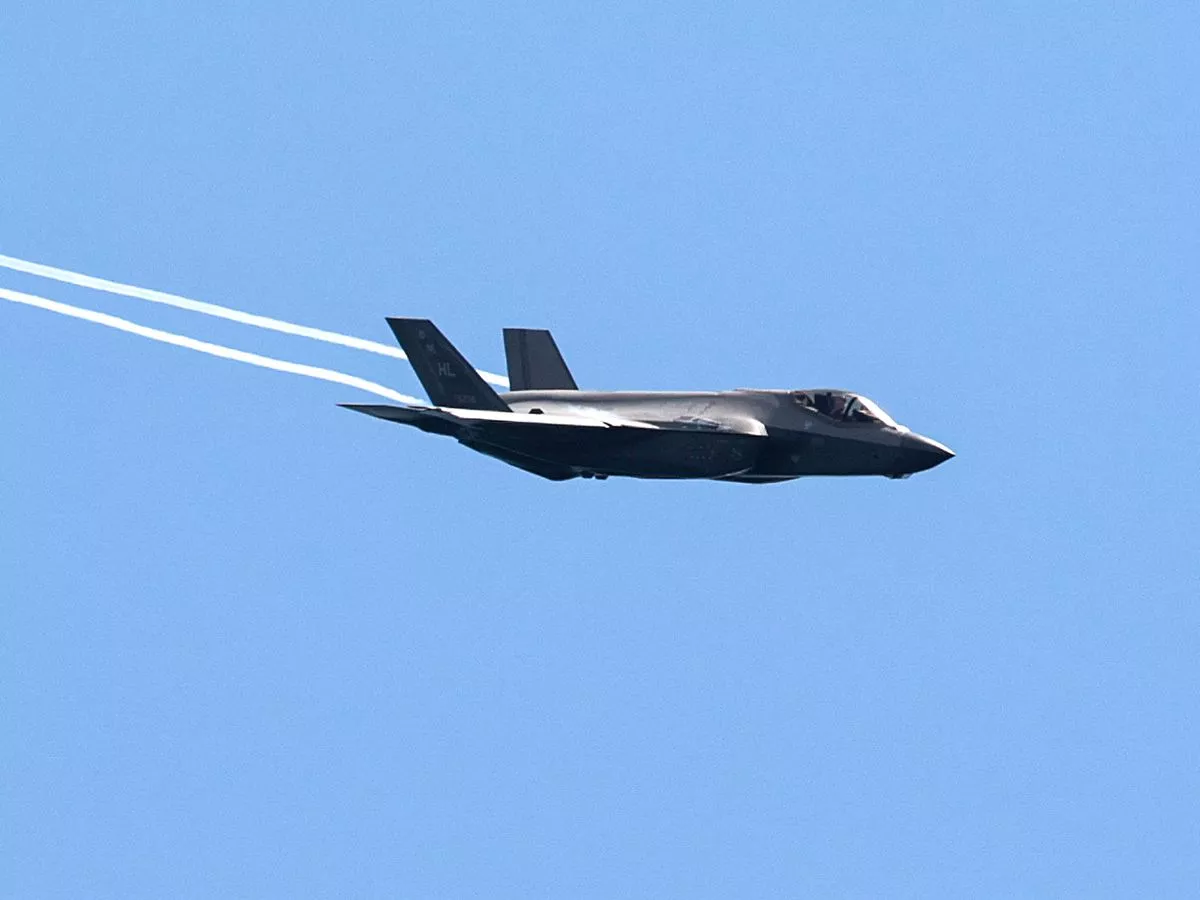
A stowaway was found dead in the landing gear of an American Airlines Boeing 777 after the carrier’s flight from Europe to Charlotte, the United States. Detectives with the Charlotte-Mecklenburg Police Department’s Homicide Unit are conducting a death investigation after the body was discovered on Sunday morning, according to an official report by the Charlotte-Mecklenburg Police Department.
According to multiple media reports, the stowaway was found in the aircraft’s landing gear two days after the plane landed. The last recorded flight was from Frankfurt Airport (FRA) to Charlotte Douglas International Airport (CLT) on September 26, 2025, according to flight tracking data from Flightradar24.com.
A Closer Look Into The Accident
On September 28, 2025, a stowaway was located in the landing gear of the airline’s Boeing 777-200ER, registered as N794AN, while performing a scheduled maintenance on the American Airlines 24-year-old aircraft that had recently arrived from Frankfurt Airport (FRA), Germany.
Homicide Unit detectives arrived at the scene to begin their investigation, while Crime Scene Search officers processed the area and collected physical evidence. Representatives from CMPD’s Operations Command and MEDIC also provided assistance. For now, there is no additional information about the nationality of the person found in the aircraft’s landing gear.
Some media reports speculate that the individual may have been from El Salvador, as one of the aircraft’s recent flights was to that destination in Latin America. According to Flightradar24.com data, the aircraft’s last five flights were: San Salvador (SAL) to Dallas (DFW), Dallas (DFW) to Madrid (MAD), Madrid (MAD) to Charlotte (CLT), Charlotte (CLT) to Frankfurt (FRA), and finally Frankfurt (FRA) to Charlotte (CLT).
Extremely Low Chances Of Survival
From time to time, some people attempt to travel between countries as stowaways, often in an effort to seek asylum. However, these individuals often choose to hide outside the pressurized area of the plane cabin, leading to disastrous consequences. Indeed, the odds of survival are always slim and decrease in proportion to the duration and altitude of the flight (it is worth mentioning, however, that there have also been some success stories).
During the flight, temperatures can drop between -50C and -63C, bringing on hypothermia. Hypothermia is a medical emergency that occurs when a person’s body loses heat faster than it can produce, causing a dangerously low body temperature.
In addition, a lack of oxygen is also a lethal danger, leading to asphyxiation. Think of the necessity for mountaineers climbing Mount Everest to carry oxygen tanks despite the peak being just below 30,000 feet. This altitude is still lower than the typical cruising altitude of commercial planes, which is between 35,000 and 40,000 feet. Another significant risk involves the possibility of stowaways falling from the plane’s wheel well before it reaches its destination. Typically, the landing gear is deployed at an altitude of around 1,500 feet, leaving stowaways with very little advance notice.
Stowaway Incidents Reveal Security Weaknesses
Aviation security has long been a cornerstone of air travel, serving as the foundation of the industry’s commitment to safety. Over the years, rigorous measures have been put in place to protect passengers, crew, and aircraft from threats ranging from terrorism to accidental breaches.
Yet, despite these efforts, the rise in stowaway incidents has exposed ongoing vulnerabilities. The very fact that someone can reach and conceal themselves in an aircraft’s landing gear underscores the limitations of even today’s highly advanced surveillance systems.



